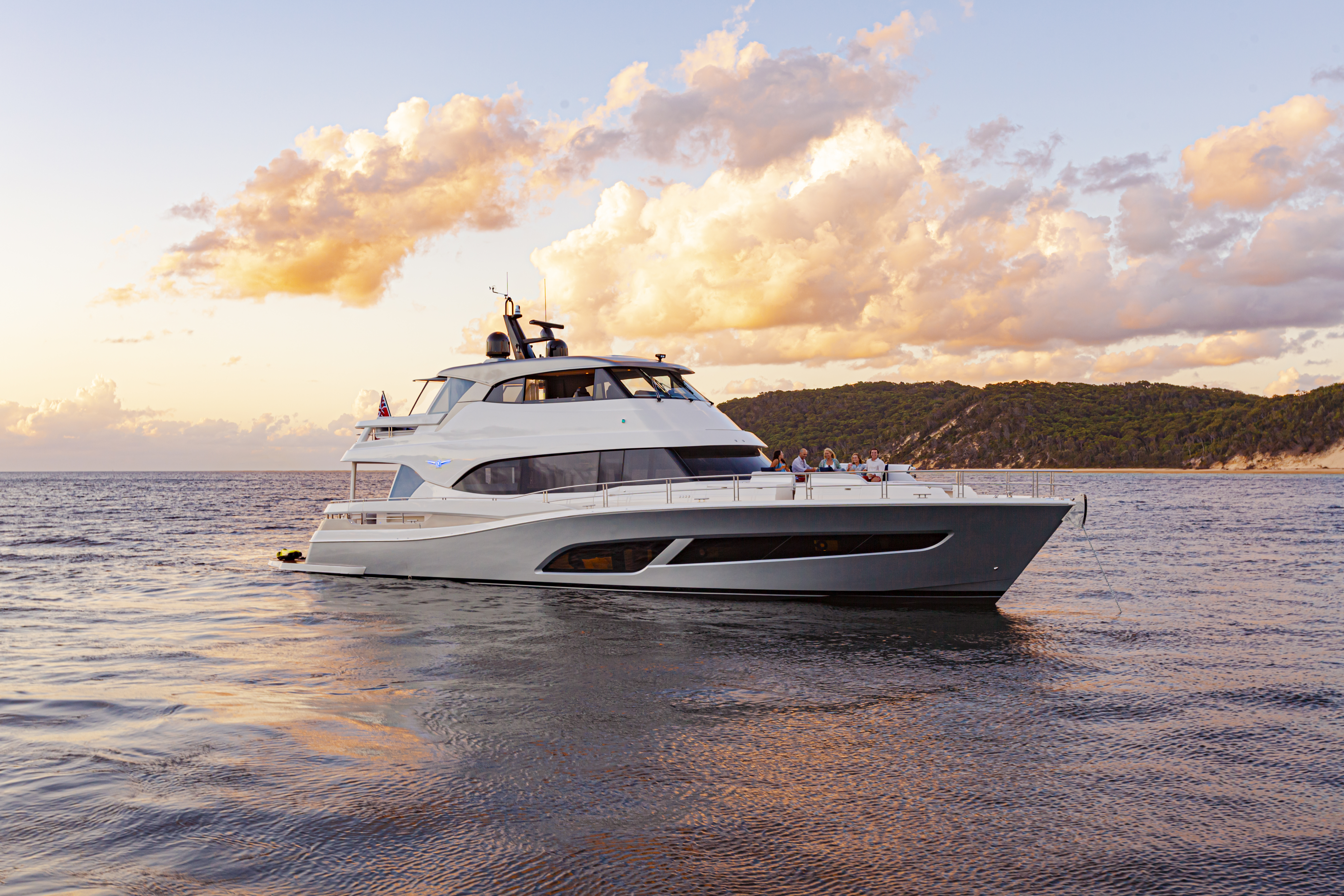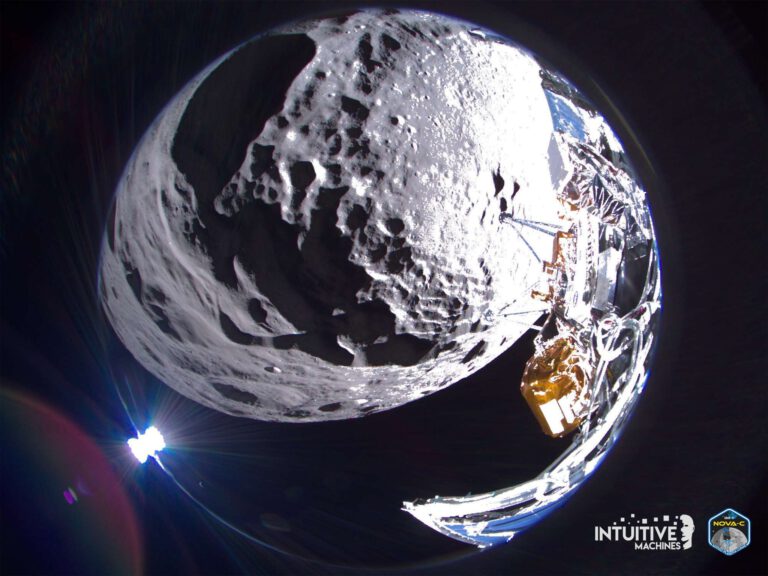Neutral News Article 1: Hubble Space Telescope Discovers Boulders Escaping from Asteroid Dimorphos
Astronomers using the NASA/ESA/ Hubble Space Telescope have made a fascinating discovery – a swarm of boulders that may have been shaken off the asteroid Dimorphos during a deliberate impact experiment conducted by NASA. The experiment involved the half-tonne DART impactor spacecraft slamming into Dimorphos at a staggering speed of approximately 22,500 kilometers per hour. The impact, which took place on 26 September 2022, resulted in a slight change in the asteroid’s orbit around its larger counterpart, Didymos.
The team’s observations have revealed that 37 boulders were ejected from Dimorphos, ranging in size from 1 meter to 6.7 meters across. These boulders are now drifting away from the asteroid at a relatively slow pace of about one kilometer per hour. Interestingly, the total mass of these boulders accounts for only 0.1% of Dimorphos’ mass, making them some of the faintest objects ever imaged in the Solar System.
The discovery presents an exciting opportunity for further research, as it paves the way for the upcoming Hera mission by the European Space Agency. The Hera spacecraft, scheduled for launch in 2024, will conduct a detailed post-impact survey of Dimorphos, offering valuable insights into the aftermath of the DART experiment. Ultimately, this mission could lead to the development of a well-understood and repeatable planetary defense technique that may prove vital in the future.
Despite the intriguing findings, scientists believe that the boulders are not fragments caused by the impact; instead, they were already scattered across Dimorphos’ surface, as indicated by the last close-up picture taken by the DART spacecraft just seconds before collision when it was a mere 11 kilometers above the surface.
Additionally, the science team estimates that the impact may have dislodged only about two percent of the boulders on the asteroid’s surface. While Hubble’s observations provide an initial estimate of the DART impact crater’s size, Hera’s mission will ultimately determine the actual crater dimensions.
The origins of Dimorphos itself remain a topic of interest. Scientists speculate that it may have formed long ago from material shed into space by its larger counterpart, Didymos. Potential scenarios include the parent body spinning too quickly or losing material due to a glancing collision with another object, leading to the gravitational coalescence of the ejected material and the formation of Dimorphos. This could explain why the asteroid’s interior is likely not solid, resembling a structure more akin to a cluster of grapes.
Photo: HUBBLE TELESCOPE

















+ There are no comments
Add yours